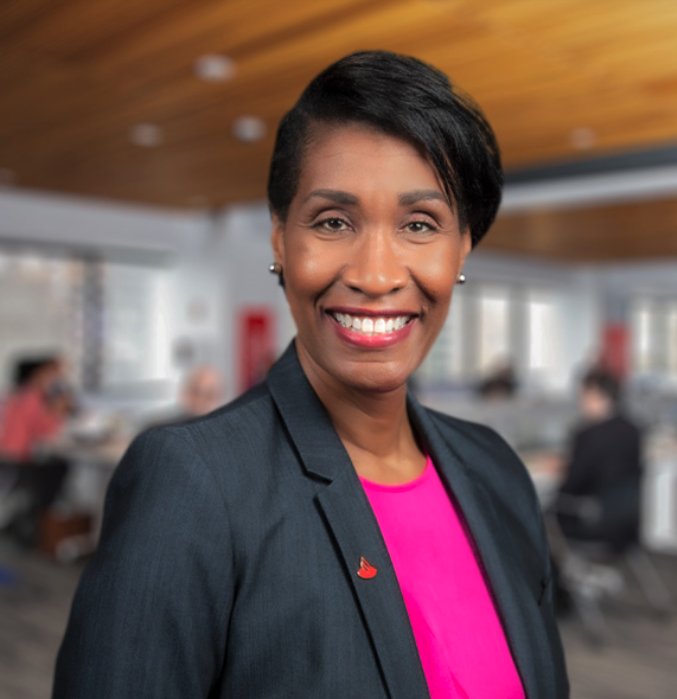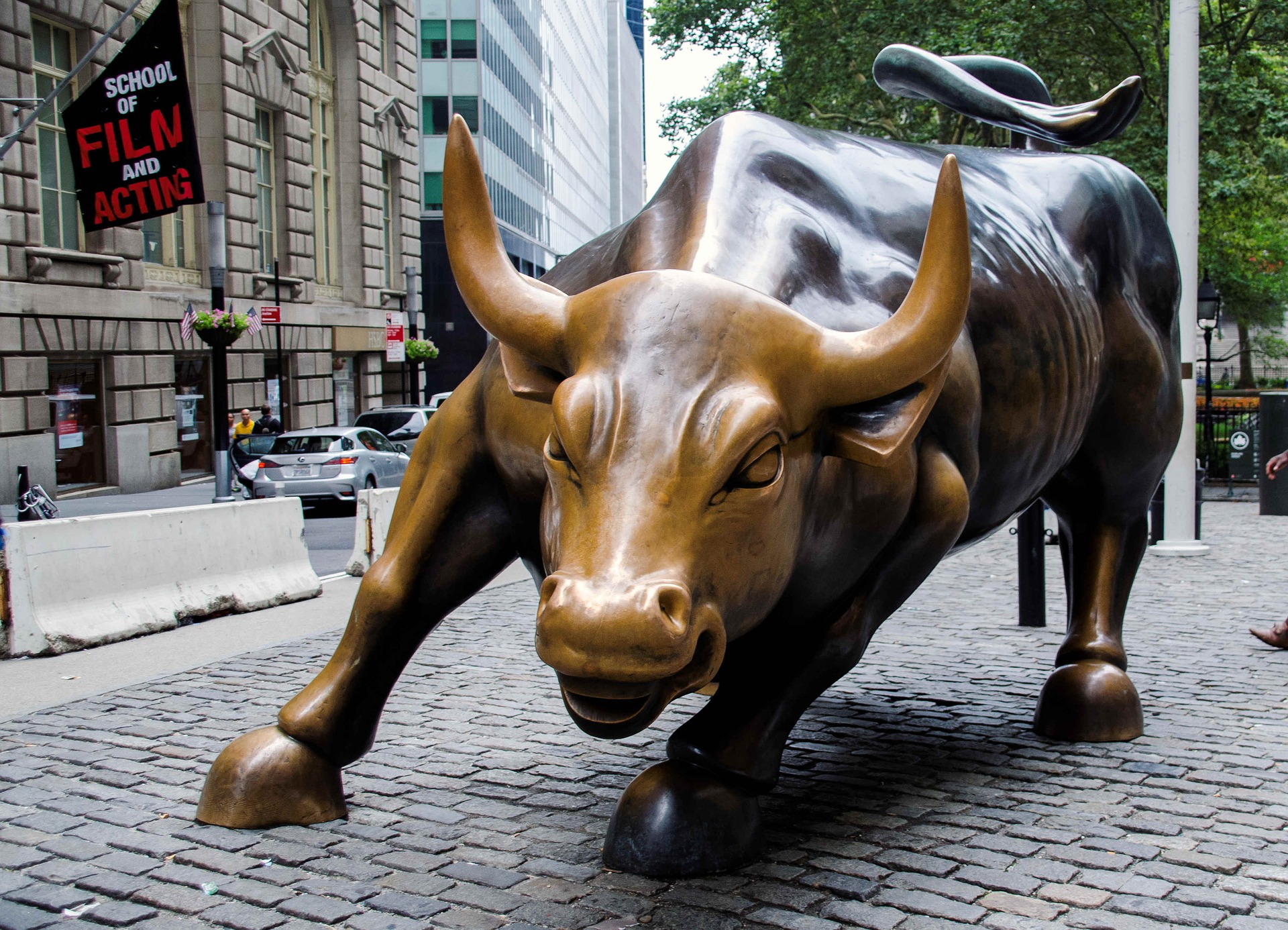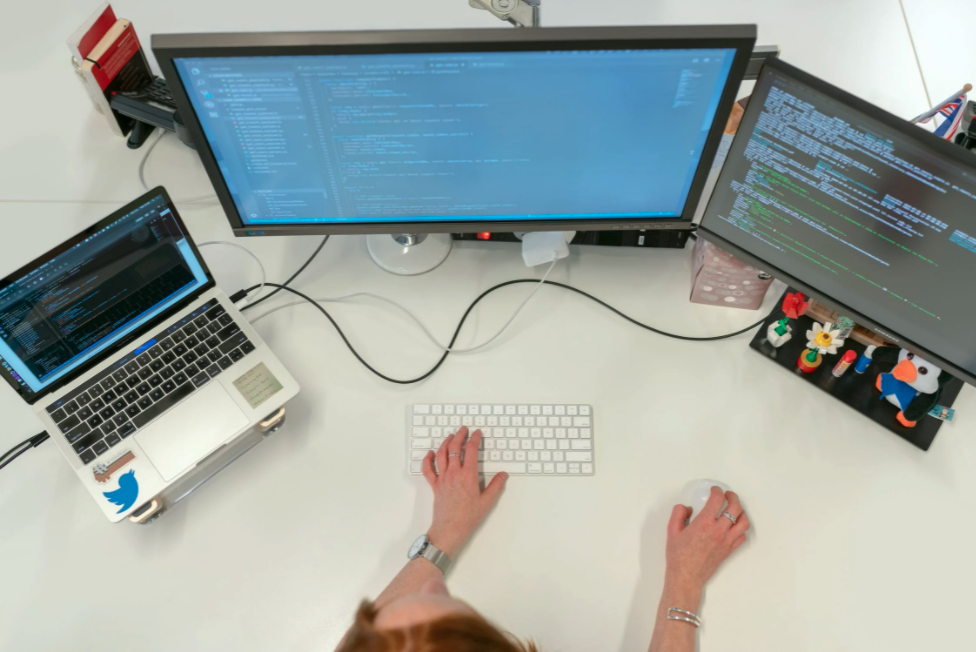Transition Risks and Opportunities for Sovereigns
| By Cecilia Prieto | 0 Comentarios

As average global temperatures continue to rise apace, the scientific consensus is that human activity is the main cause of long-term changes to temperatures and weather patterns – largely due to greenhouse gas emissions. It is now widely acknowledged that climate transition is not only an environmental imperative, but also increasingly an economic one. As sovereign bond investors, we need to be cognisant of these risks and seek to incorporate them into our investment analysis, recognising that climate-related risks are significant as are the costs to transition to a low-carbon, more sustainable future.
Furthermore, we believe a country’s stage of economic development, quality of governance standards, and its willingness and ability to mitigate climate change events are particularly important when assessing financial stability. At Colchester, we primarily assess a country’s vulnerability to climate change through two channels, namely physical risk and transition risk. Whilst physical risk takes account of a country’s vulnerability to changes in weather, climate and natural disasters; transition risk is a forward-looking assessment associated with a country’s transition pathway to a lower carbon economy.
The recent United Nations (UN) climate conference in 2021, COP26, focused the world’s attention on the urgent need to tackle climate change. The final agreement, the Glasgow Climate Pact, calls for countries to reduce coal use and fossil fuel subsidies and urges governments to submit more ambitious emissions reduction targets by the end of 2022 in order to keep the 1.5°C goal alive. A clear implication is that given the expected decline in demand for fossil fuels over the coming decades, major fossil fuel resource producers may eventually face a loss of revenue from these commodities and will need to diversify into other economic sectors. Some of the economies most exposed to fossil fuels within our investment universe are shown in the chart.
However, it is worth highlighting that the risks surrounding heavy fossil fuel reliance can be mitigated through strong governance and well-considered policy choices. For example, Norway’s disciplined approach to managing oil revenues (which is invested in its $1.36 trillion sovereign wealth fund and governed by a strong fiscal framework, data as end of 2021) cushions its fiscal position and provide resources to support the country’s transition to a more sustainable economic path over the longer term. Furthermore, advances in technology are reducing the cost of alternative sources of energy where, for example, Norway’s electricity and heating is now largely covered.

Source: World Bank Indicators, Colchester, as of 2019. Note: “Oil or Coal or Natural gas rents are the difference between the value of crude oil or coal or natural gas production at regional prices and total costs of production,” as defined by the World Bank for the purposes of this data source.
Climate-related risk exposures vary greatly across countries, and we note that many lower-income and fossil fuel producing countries are more vulnerable. For example, India’s Prime Minster Narendra Modi has argued that poorer countries should be given a longer transition period including a period of rising emissions as they develop and move up the income curve. Nevertheless, India’s announcement that it aims to reach net zero emissions by 2070 and to meet fifty percent of its electricity requirements from renewable energy sources by 2030 is very ambitious. Coal and oil have supported India’s economic growth to date and the rapid growth in fossil energy consumption has meant India is now the fourth largest CO2 emitter in the world. However, going forward, India has the opportunity to pioneer a model of further economic development that avoids carbon-intensive approaches. According to the IEA, renewable electricity is growing at a faster rate in India than any other major economy, with new capacity additions on track to double by 2026. Despite India’s target, challenges remain, not least in terms of the financing cost. India has called for $1 trillion in climate finance from developed countries to help accelerate the shift to clean energy, arguing that developing countries have historically contributed less than advanced economies to emissions and yet are being asked to shoulder a larger burden in the net-zero transition.
Colchester’s assessment of climate-related risks is a work in progress. Our analysis will become more fine-tuned as more data sources, applicable measures, frameworks and analysis that are more directly relevant to an assessment of a sovereign are developed. We are also an active participant in industry efforts to devise appropriate frameworks within which to assess sovereign assets. An example of this industry framework development is the collaborative industry initiative ‘Assessing Sovereign Climate-related Opportunities and Risk Project’ – known as “ASCOR”. Colchester has joined as a member of the Advisory Committee and the initiative aims to provide a common lens and framework to understand sovereign exposure to climate risk and how governments plan to transition to a low-carbon economy.
This article should not be relied on as a recommendation or investment advice. Colchester Global Investors Limited is regulated by the UK Financial Conduct Authority, and only deals with professional clients. https://www.colchesterglobal.com for more information and disclaimers.













